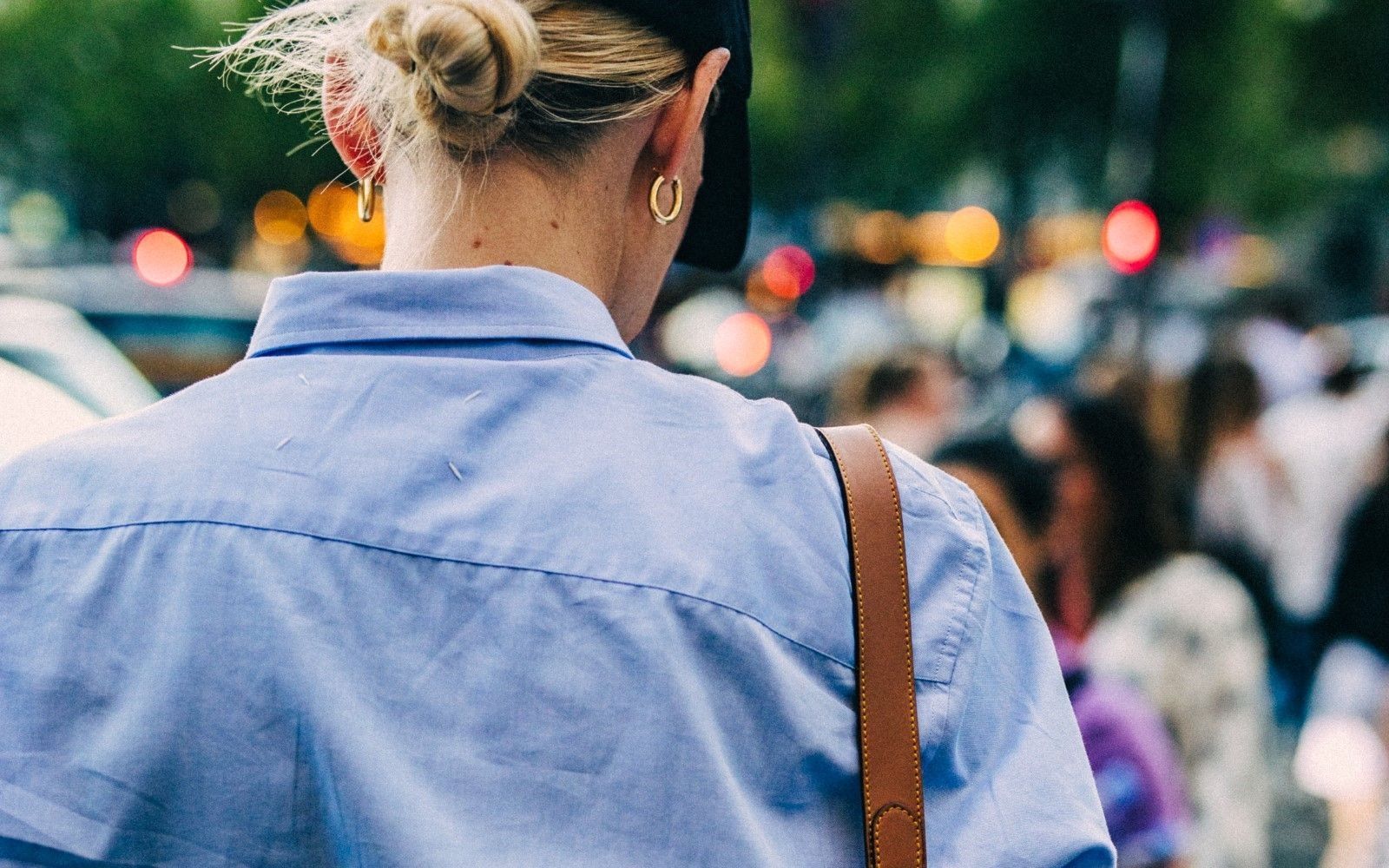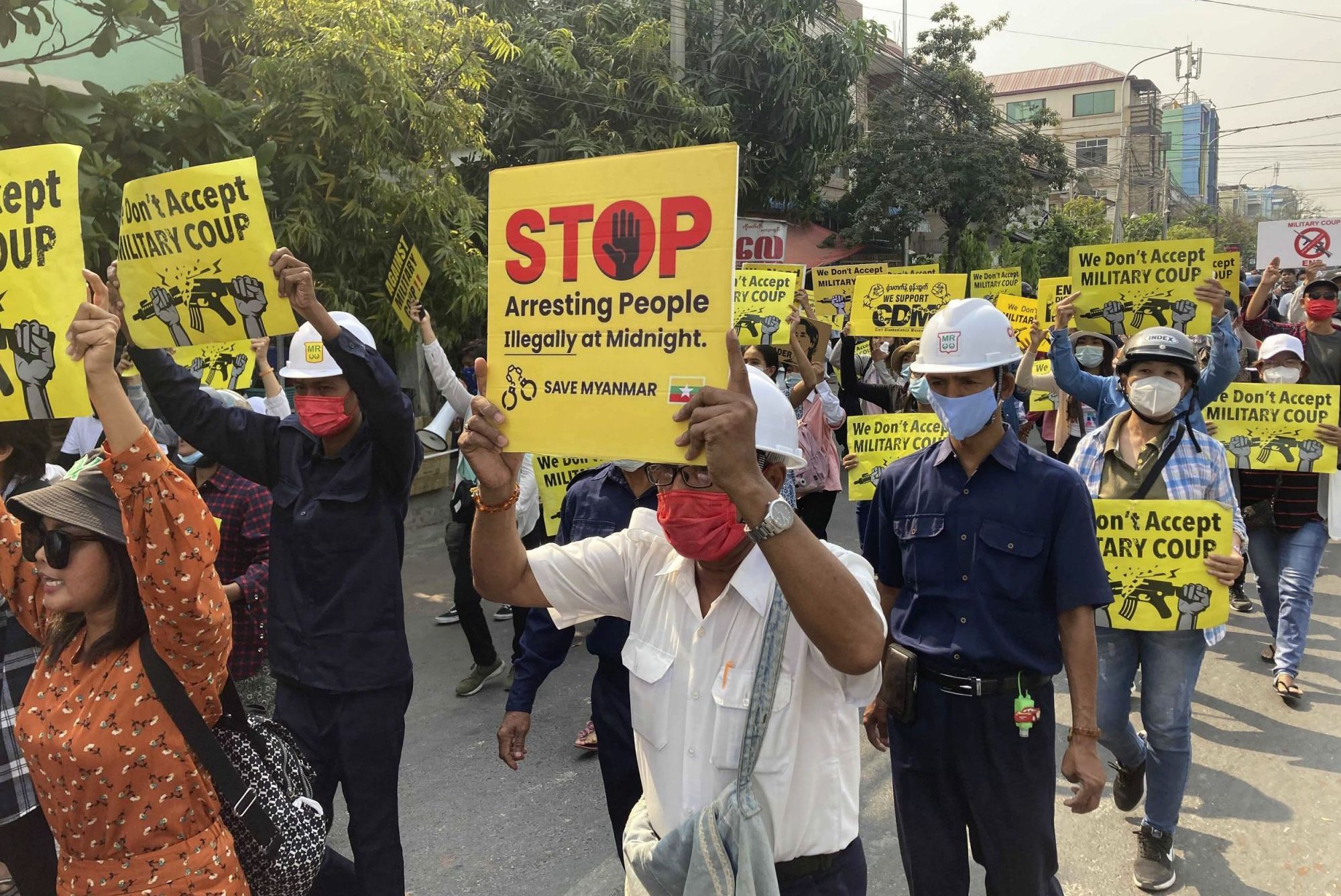
The human rights that fashion is neglecting Background on big brands in Myanmar revealed by new report
On Feb. 1, 2021, the Myanmar military seized power in a coup, overthrowing the country's democratically elected government and arresting the leaders of the National League for Democracy party. Since then, textile workers, mostly women, have been at the forefront of the country's Civil Disobedience Movement, risking their lives daily to demand an end to the dictatorship and to restore democracy in Myanmar. In the violent aftermath, some, including the H&M Group, even suspended supplies from the Southeast Asian manufacturing hub. Yet the suspension was short-lived: within a few months, H&M resumed placing orders in the country, a move the company said was intended to protect the livelihoods of garment workers.
Since then, dozens of union activists have been killed and hundreds arrested for standing up for democracy, while factories have collaborated with the military to target garment workers and curtail workers' rights. According to a report by the Business & Human Rights Resource Center released this week, more than 100 cases of human and labor rights violations have been identified in factories linked to fashion companies, including including Inditex, owner of Zara, H&M Group and Mango. Harassment, intimidation, wage theft, and attacks on unions were among the most frequent cases, according to BOF reports. However, Mango said it no longer works in Myanmar, while H&M Group preferred not to comment on the incident. Myanmar has only a small share of the global apparel market, but the situation is emblematic of the growing challenge brands face in balancing ethics and security of supply in an increasingly fractured and unstable world. Indeed, labor unions in Myanmar have called for brands to leave the country, arguing that it is impossible for large fashion companies to continue operating in the country without violating their respective codes of ethics.
Trade unions that formed the Myanmar Labour Alliance, and over 200 civil society organisations are calling for comprehensive economic sanctions. It is time they are listened to, and more is done to support the resistance and stop the Myanmar military's attempted coup. pic.twitter.com/rG67UAijTr
— No Sweat (@No_Sweat) July 26, 2022
Child labor, slavery, wage theft and worker suppression have been on the rise in the fashion supply chain for years, and the pandemic, according to a report released by risk consultancy Verisk Maplecroft last year, has exacerbated the trend. And the issue is becoming increasingly complex and urgent considering the fallout from the pandemic, climate change and the inflation and economic headwinds caused by the war in Ukraine that make the situation even more difficult, worsening the situation in other parts of the fashion supply chain. Not that inertia does not play a central role: regulators are demanding that companies take greater responsibility for malfeasance in their supply chains, and investors are demanding more information about potential risks. If, therefore, companies should focus on improving traceability so that they can identify and manage problems, and brands should also seek to actively change the way they interact with suppliers so that the risks of production and the costs of doing business responsibly are shared more equitably. Without neglecting, in this discourse, local labor movements that could act by defending workers from a legal standpoint.












































